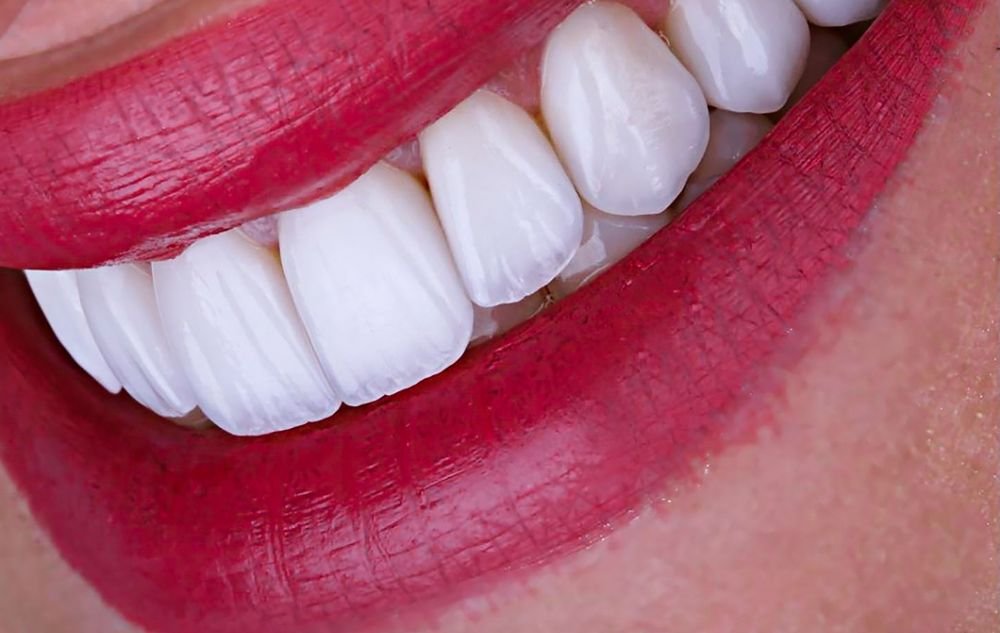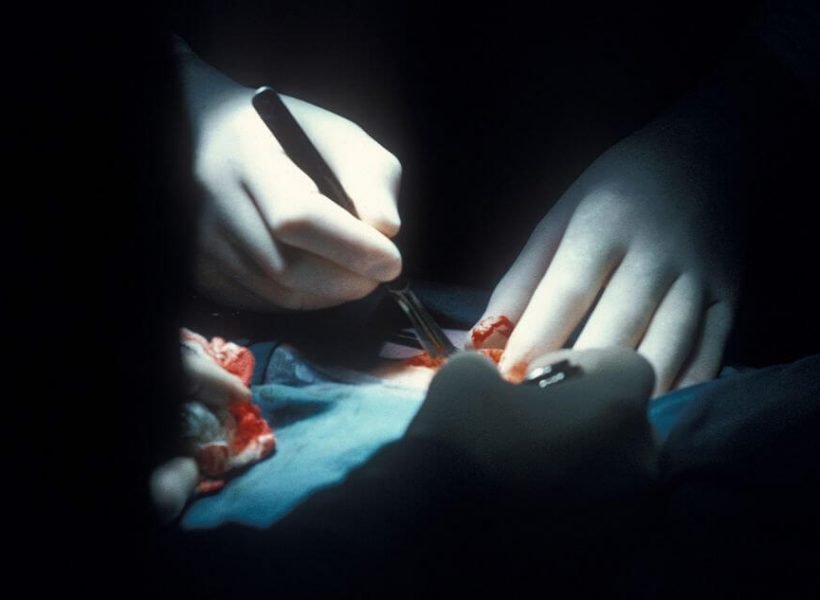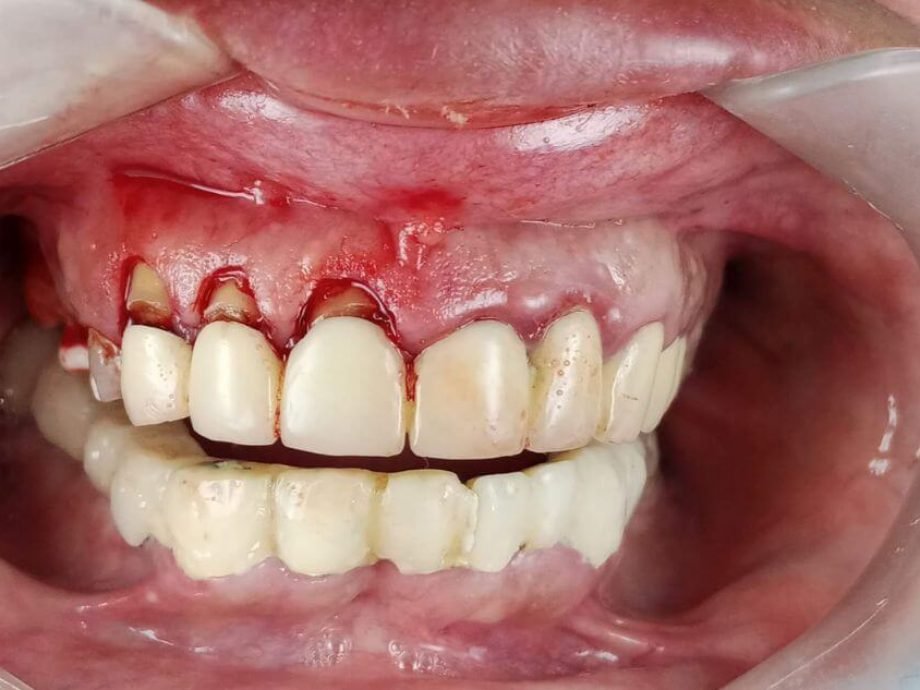

Camellia Polyclinic is where patients come to educate and empower themselves to take ownership of their dental health and beautiful smiles.
Our Location
- Michel Zakhour St., Beirut, Lebanon
- info@camelliapolyclinic.com
- +961 71 567 894
- Mon - Sat 09:00 AM - 06:00 PM
Social Media
Periodontal Surgery: Types and Benefits for Treating Gum Disease
Camellia
November 2, 2022

Periodontal surgery is an advanced treatment often prescribed for severe cases of periodontal gum disease. Periodontal surgery comprises several sophisticated procedures. The three primary classifications are gingival flap surgery, mucogingival surgery, and osseous surgery.
Gingival Flap Surgery
The first type of periodontal surgery is gingival flap surgery, which most patients pertain to as gum lift surgery. Gum lift surgery re-contours the gums to improve the smile’s appearance. It includes gingivoplasty and gingivectomy. Dentists often refer to these procedures interchangeably because they are the same but have different objectives.
With a gingivoplasty, we re-contour the gum tissue to eliminate diseased soft tissue from the wall of a periodontal pocket. On the other hand, gingivectomy is done to re-contour the gingiva, which has lost its normal form. It involves removing not just the diseased tissue but the entire portion of the gum tissue. Therefore, we often perform this procedure to correct a gummy smile, remove excess tissue from enlarged gums (i.e., gingival hyperplasia), or lengthen the crown of a tooth that will receive a restoration.
Mucogingival Surgery

Mucogingival surgery is a type of periodontal surgery that focuses on repairing and regenerating the tissues around the teeth that have been damaged by periodontal gum disease. This type of surgery can be used to treat a variety of conditions, including gingival recession, gingival hyperplasia, and Periodontitis.
Mucogingival surgery is usually an outpatient procedure, meaning that you will not have to stay overnight in the hospital. The Surgery will be performed under local anesthesia, which means that you will be awake during the procedure but will not feel any pain.
Osseous Surgery
It focuses on managing the destruction caused by periodontal gum disease. As the name suggests, it involves the manipulation of the bone tissue, particularly reshaping or restoring its ideal form.
Osseous surgery also has subtypes: bone reshaping/resectioning and bone stimulative procedures. Bone reshaping procedures include osteotomy and ostectomy, correcting bone defects and creating normal bone contours. Osteotomy reshapes without the need to remove the bone. On the other hand, ostectomy requires the removal of some bone.

Bone stimulative surgeries, meanwhile, include bone grafts and implantation procedures. They help stimulate the body’s natural healing process to repair bone defects. They also bring the bone back to its normal state.
At Camellia Polyclinic, Dr. Racha Farhat and her team provide a wide range of dental services to patients in Beirut, Lebanon. We are committed to providing the highest quality of care possible, and our team of experienced dentists and dental hygienists is dedicated to providing each and every one of our patients with the individualized attention they deserve.
We offer a wide variety of dental services, including general dentistry, teeth whitening, implants, veneers, orthodontics, periodontal surgeries, and more. We also offer a variety of payment options to make our services affordable for everyone.
If you’re looking for quality dental care in Beirut, Lebanon, look no further than Camellia Polyclinic!
Recent Post



Don't hesitate to contact us
Get a consultation now and take the next step toward your new smile! We offer Invisalign, dental crowns and bridges, and more.

